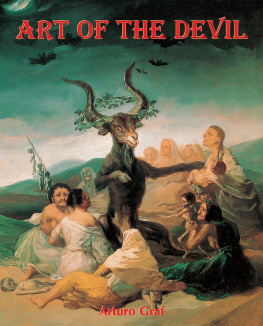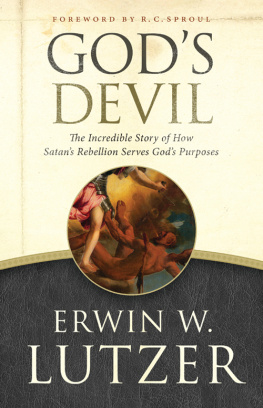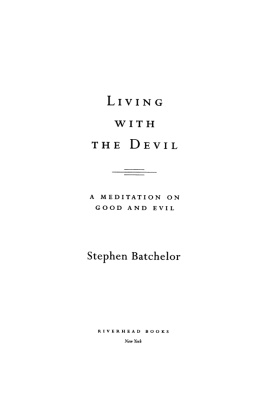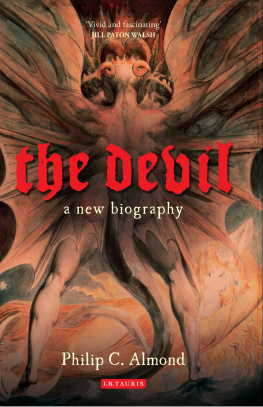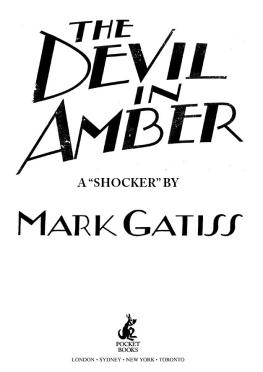Author: Arturo Graf
Layout:
Baseline Co. Ltd
61A-63A Vo Van Tan Street
4 th Floor
District 3, Ho Chi Minh City
Vietnam
Parkstone Press International, New York, USA
Confidential Concepts, worldwide, USA
Image-Bar www.image-bar.com
Max Ernst Estate, Artists Rights Society (ARS), New York, USA/ ADAGP, Paris
All rights reserved
No parts of this publication may be reproduced or adapted without the permission of the copyright holder, throughout the world. Unless otherwise specified, copyright on the works reproduced lies with the respective photographers. Despite intensive research, it has not always been possible to establish copyright ownership. Where this is the case, we would appreciate notification.
ISBN: 978-1-78310-769-8
Arturo Graf
Art of the Devil

CONTENTS

Francisco de Goya y Lucientes,
The Bewitched Man , a scene from El Hechizado
por Fuerza (The Forcibly Bewitched), 1798.
Oil on canvas, 42.5 x 30.8 cm . The National Gallery,
London, United Kingdom.
Introduction
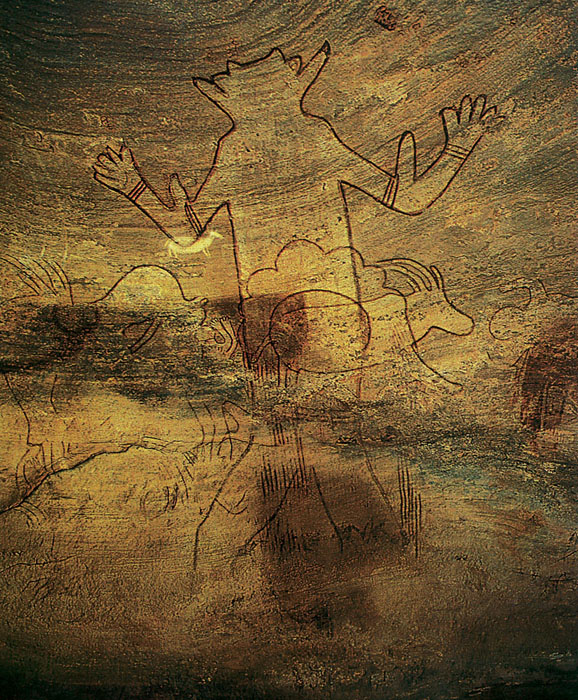
Anonymous,The Monstrous Spirit,
5000 to 3000 B.C. Tassili-n Ajjer, Algeria.
E very one is familiar with the poetic myth of the rebellion and fall of the angels. This myth, which inspired in Dante some of the most beautiful lines of the Inferno and in Milton an unforgettable episode of Paradise Lost, was, by various Fathers and Doctors of the Church, variously fashioned and coloured; but it has no foundation other than the interpretation of a single verse of IsaiahEach of these myths represents the demons as fallen angels, and connects their fall with a sin: pride or envy in the first case, criminal love in the second. But this is the legend, not the history, of Satan and his companions. The origins of Satan, considered as the universal personification of evil, are far less epic and at the same time far more remote and profound. Satan is anterior, not only to the God of Israel, but to all other gods, powerful and feared, that have left a memory of themselves in the history of mankind; he did not fall headlong down from heaven, but leaped forth from the abysses of the human soul, coeval with those dim deities of earliest ages, of whom not even a stone recalls the names, and whom men outlived and forgot. Coeval with these, and often confused with these, Satan begins as an embryo, like all things that live; and only by slow degrees does he grow and become a person. The law of evolution, which governs all beings, governs him also.
No one possessed of any scientific training any longer believes that the ruder religions have sprung from the corruption and decay of a more perfect religion; but he knows very well that the more perfect ones have developed from the ruder, and that in the latter, therefore, must be sought the origins of that gloomy personage who, under various names, becomes the representative and the principle of evil. If what we call the Tertiary Period in the history of our planet already saw man, perchance it saw him in so far like the brute that no religious feeling, properly speaking, could be discerned in him. The earliest Quaternary man is already acquainted with fire and understands the use of stone weapons; but he abandons his deada certain sign that his religious ideas, if he has any at all, are at best scant and rudimentary. We must come down to what is called by geologists the Neolithic Period, to discover the first sure traces of religious sentiment. What was the religion of our forefathers, in that age, we cannot know directly; but we can infer, by observing that of many savage races that still live upon the earth and faithfully reproduce the conditions of prehistoric humanity. Whether fetishism precedes animism or the latter precedes the former in the historic evolution of religions, the religious beliefs of those forefathers of ours must have been altogether similar to those still professed by tribal communities throughout the world. The earth, which, together with the traces of their dwellings, with their weapons and utensils, has also preserved their amulets, offers us proof of this. They conceived of a world crowded with spirits, souls of things and souls of the dead, and to these they attributed all things that befell them, whether good or evil. The thought that some of these spirits were beneficent, others maleficent, some friendly, others hostile, was suggested by the very experience of life, wherein profits and losses are constantly alternating, and alternating in such a fashion that, if not always, at least very often, the causes of profit and of loss are recognised as diverse. The sun that gives light, the sun that in springtime makes the earth once more green and blooming, that ripens the fruits, must have been regarded as a power essentially beneficent; the whirlwind that fills the sky with darkness, uproots the trees, tears apart and sweeps away the flimsy huts, as a power essentially maleficent. The spirits were gathered into two great hosts, according to mens observation of whether they received from them benefit or bane.
But this classification did not constitute a true and absolute dualism. The beneficent spirits were not yet the sworn and irreconcilable foes of the maleficent; neither were the former always beneficent nor the latter always maleficent. The believer was not always sure of the disposition of the spirits that held him in sway; he feared to offend the friendly ones no less than the unfriendly, and with like practices he sought to render all favourable to him, not putting too much trust in any one of them. Between good and evil spirits there was no moral contradiction, properly speaking, but only a contrast in their works. They could not possess a moral character that was as yet lacking in their worshipers, scarcely yet emerged from the state of animalism; and only in so far can they be called good and evil as to primitive man everything seems good that helps him, everything evil that harms. Their savage worshipers conceived them as in all respects like themselves, inconstant, subject to passions, sometimes kindly, sometimes cruel; nor did they regard the good spirits as higher or worthier than the wicked.
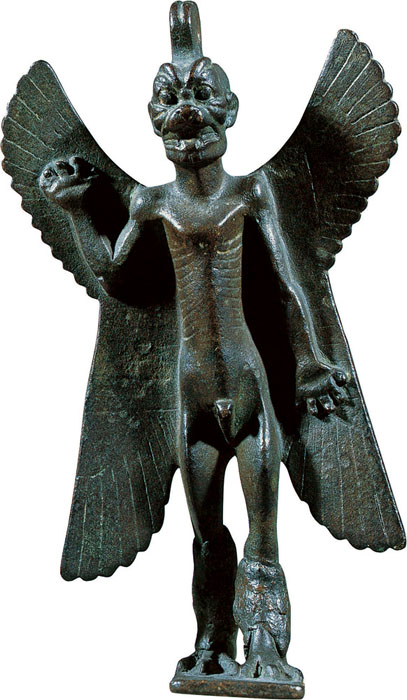
Anonymous,Statuette of
the Demon Pazuzu with an Inscription,
beginning of the first millennium B.C.
Bronze, 15 x 8.6 x 5.6 cm .
Muse du Louvre, Paris, France.
True, in the wicked ones there already appears a shadow of Satan, an outline of the spirit of evil, but of evil that is purely physical. Evil is that which harms, and an evil spirit is one that brandishes the thunderbolt, fires the volcanoes, engulfs the lands, sows famine and disease. This spirit does not yet personify moral evil, for the distinction between moral good and moral evil has not yet been made in the minds of men; of the two faces of Satan, the destroyer and the perverter, one only is presented by him. No special ignominy attaches to this spirit; there is no one to stand over him and command him.

